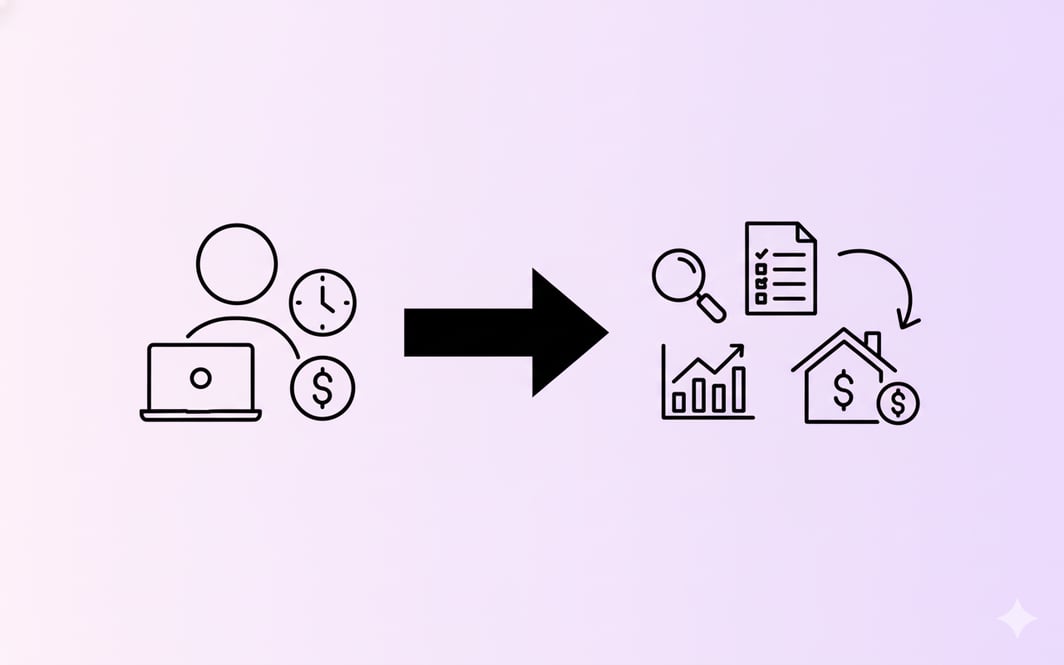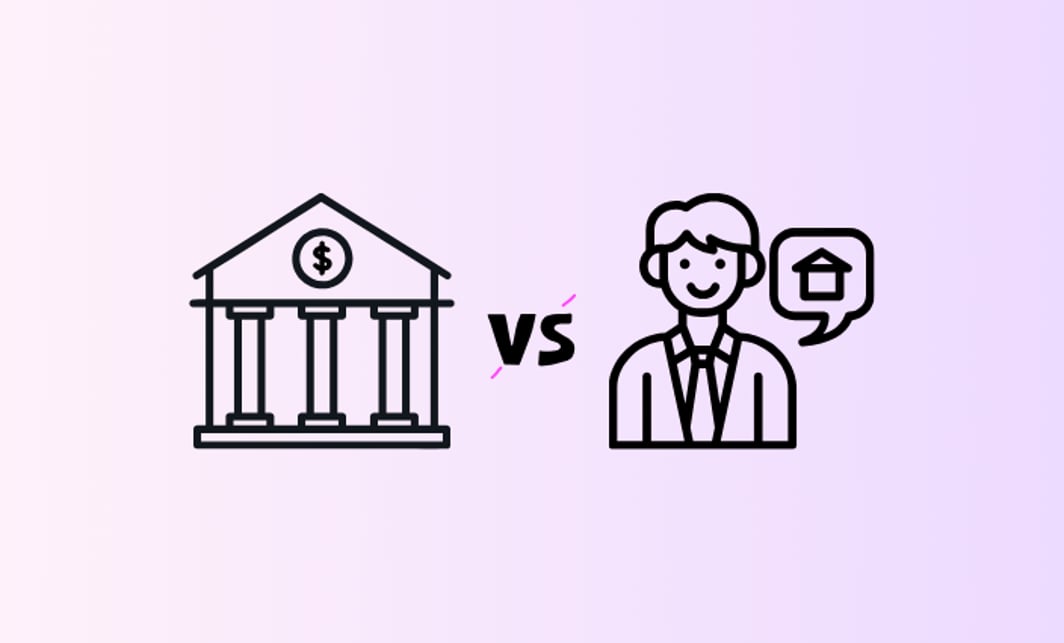The ultimate guide to timing your property moves in Australia
Deciding whether to sell your current home before buying your next one is a pivotal question for many Australian homeowners. This decision hinges on a complex interplay of financial, market, tax, and legal factors. Understanding these dynamics is crucial to avoid financial strain, optimise tax benefits, and navigate the Australian property market efficiently. This guide provides a comprehensive, practical analysis to help you make an informed decision tailored to your circumstances.
Introduction to selling before buying
Overview of the decision
When contemplating whether to sell your existing home before purchasing a new one, several key considerations come into play:
- Financial Capacity: Can you afford dual mortgage repayments or bridging finance costs?
- Market Conditions: Is the current market favouring sellers or buyers? How liquid is the market?
- Timing and Risk: What are the risks of sale delays or missing out on your desired property?
- Tax Implications: Will the timing affect your eligibility for capital gains tax (CGT) exemptions?
- Legal Complexities: What contractual obligations and contingencies need consideration?
Balancing these factors requires a strategic approach that aligns with your financial resilience, risk tolerance, and long-term investment goals.
Current Australian property market context
As of 2024-2025, the Australian property market predominantly favours sellers due to ongoing supply constraints and strong demand pressures. As per Parliament of NSW, new listings have declined since early 2021, while population growth and immigration continue to fuel housing demand, particularly in metropolitan areas such as Sydney, Melbourne, Perth, and Adelaide.
Rental markets are tight, with low vacancy rates and rising rents, limiting fallback options for those who might consider renting between transactions. Interest rates, though forecasted to ease, remain elevated compared to the previous decade, impacting borrowing costs and housing affordability.
These market conditions imply shorter average sale durations but also increased competition for properties, making timing and sequencing of transactions critical to avoid financial and logistical pitfalls.
Financial considerations and financing options
Costs and interest rates of bridging loans
Bridging loans are short-term financing tools designed to help homeowners purchase a new property before selling their existing one. In Australia, bridging loans typically require:
- Equity: At least 20% to 30% equity in the current home.
- Term: Usually up to 12 months.
- Interest Rates: Generally higher than standard mortgages, ranging from approximately 9.5% to 12% p.a. in 2024-25, compared to 5%-7% for traditional home loans.
Additional fees such as establishment, valuation, and exit fees apply, increasing the overall cost. The higher interest rates reflect the loan’s short-term, higher-risk nature.
Impact of bridging finance on cash flow and risk
Using bridging finance increases monthly repayment obligations since borrowers often service two loans concurrently: the bridging loan and the existing mortgage. This dual loan servicing can strain cash flow and increase financial risk if the current home does not sell promptly.
Delays in selling may extend the bridging loan term, leading to higher cumulative interest and fees. Borrowers must also consider market volatility that could affect property values and sale timelines.
Lending criteria and managing concurrent loans
Australian lenders apply strict criteria when borrowers seek to hold two loans simultaneously. Responsible lending obligations require demonstrating sufficient income, low existing liabilities, and strong credit profiles to ensure the borrower can manage repayments without hardship.
Bridging finance is a common solution to manage dual obligations, but lenders scrutinize equity levels, sale timelines, and borrower capacity carefully. Pre-approval processes have tightened, with detailed income and expense assessments prolonging loan approval times.
Mortgage lending policies and interest rate forecasts
Mortgage rates have stabilised recently, with variable rates dominant (less than 3% fixed-rate loans as of March 2025). The Reserve Bank of Australia (RBA) has cut the cash rate to 4.10%, with forecasts of further cuts to around 3.6%, potentially reducing borrowing costs.
However, mortgage interest rates remain higher than in prior years, and affordability pressures persist. Lending policies have tightened around serviceability and risk management, influencing borrowers’ ability to undertake simultaneous transactions.
Tax Implications and Record-Keeping
Capital gains tax and main residence exemption
Selling your primary residence generally qualifies for the main residence exemption, exempting you from CGT on any capital gain. However, timing matters:
- If you sell before buying your next home, you may lose continuous exemption coverage unless you utilise the 91-day rule (applicable from 1 January 2024 to 31 March 2024), which allows treating the home as your main residence for CGT up to 91 days after moving out, even if you have not acquired a new home.
- Only one property can be your main residence at a time, with limited overlap allowed (up to six months).
- Partial exemptions apply if the property has been partially rented out or used for income production.
Proper documentation of occupancy periods, rental usage, and land size is essential to substantiate exemption claims.
Holding former home as investment property: Pros, Cons & Tax Implications
Converting your former home into an investment property triggers CGT liability on gains accrued after it ceases to be your main residence. The 6-year rule allows you to treat the property as your main residence for up to six years while rented out, preserving exemption during this period.
Negative gearing enables you to offset rental losses against other income, potentially reducing your tax bill. However, policy debates continue around negative gearing's future, so staying informed is crucial.
Recent and upcoming tax legislation changes
No significant changes to the main residence exemption or negative gearing rules have been legislated as of mid-2024. The government has reaffirmed its commitment to maintaining existing tax incentives despite projected fiscal impacts.
Tax cuts related to cost-of-living adjustments do not affect property tax rules directly, but ongoing monitoring of reforms is advised.
Record-keeping requirements for tax claims
To accurately claim the main residence exemption and negative gearing deductions, maintain:
- Proof of residency periods (utility bills, council rates notices).
- Purchase and sale contracts and settlements.
- Rental income and expense records.
- Documentation of capital improvements or land subdivisions.
Keep these records for at least five years after selling the property.
Market Timing and Buyer Demand Dynamics
Property market timing, sale durations, and liquidity
Australian metropolitan markets currently experience:
- Shorter average sale durations due to strong demand and limited supply.
- High market liquidity in popular areas, though some segments may face volatility.
- Demand is buoyed by population growth and constrained housing supply, causing brisk property turnovers.
However, supply shortages and valuation uncertainties increase risks of timing mismatches in selling and buying.
Buyer demand segmentation and its impact
First-home buyers dominate demand, with their loan activity tripling in 2024 and driving price growth especially in Perth and Adelaide. Investors remain active, drawn to urban renewal and energy-efficient homes. Down-sizers and other segments contribute to a competitive market environment.
This segmentation affects timing strategies: sellers may benefit from strong demand but face challenges securing a new home if buying after selling.
Sale-to-List price ratios and time on market trends
Recent data suggest:
- Rising sale-to-list price ratios, often approaching or exceeding listing prices.
- Reduced time on market for well-priced, quality properties.
These trends favour sellers, allowing potential premium pricing but necessitating prompt purchase decisions to avoid missing out.
Legal Considerations and Contractual Strategies
Legal risks in selling before buying
Key risks include:
- Contract contingencies: Failure to satisfy conditions like finance approval or sale of existing property can lead to contract termination or forfeiture of deposits.
- Timing mismatches: Disjointed settlement dates may cause financial strain or double occupancy costs.
- Breaches of contract can result in legal disputes and financial penalties.
Settlement timelines and cooling-off periods in NSW
In NSW:
- The cooling-off period for private treaty sales is five business days post-contract exchange; no cooling-off applies for auctions.
- Settlement typically occurs 4 to 6 weeks after exchange, but dates are negotiable to synchronise sale and purchase contracts.
- Parties may agree to waive or shorten cooling-off periods to expedite transactions.
Structuring bridging finance legally
Legal best practices include:
- Clearly defining loan terms, repayment schedules, and default provisions.
- Documenting equity levels and sale intentions.
- Consulting legal and financial advisors to ensure compliance with NSW property and lending laws.
- Considering government-backed schemes that guarantee pre-sales, reducing bridging loan risks.
Conditional clauses and subject-to-sale provisions
Contracts can include subject-to-sale clauses making the purchase contingent on selling the current property. These clauses:
- Protect buyers from being locked into a purchase without sale proceeds.
- Must be clearly drafted specifying timeframes and termination rights to avoid penalties.
- Require legal review to ensure enforceability under NSW law.
Effective drafting minimises exposure to breaches and financial losses.
Conclusion and Strategic Recommendations
Balancing financial, tax, market, and legal factors
Deciding whether to sell before buying involves weighing:
- The cost and risk of bridging loans and dual loan servicing.
- Market conditions favouring sellers but with limited supply.
- Tax implications related to CGT exemptions and investment property conversions.
- Legal protections and obligations inherent in property contracts.
Selling before buying generally reduces financial risk and borrowing costs but may increase the risk of missing out on new homes in a fast-moving market. Conversely, buying first can secure the desired property but may require costly bridging finance and greater financial resilience.
Engaging professionals for tailored advice
Given the complexity, engaging:
- Mortgage brokers to navigate lending criteria and pre-approval.
- Financial advisors for cash flow and risk assessment.
- Tax professionals for optimising CGT and negative gearing strategies.
- Legal experts to draft and review contracts and bridging finance agreements.
These professionals help tailor strategies to your specific financial and personal circumstances.
Adapting strategies to individual circumstances
Your decision should consider:
- Equity levels and financial capacity.
- Market conditions in your local area.
- Personal risk tolerance and timing preferences.
- Long-term investment goals.
Flexibility and informed planning are essential to successfully manage the transition.




